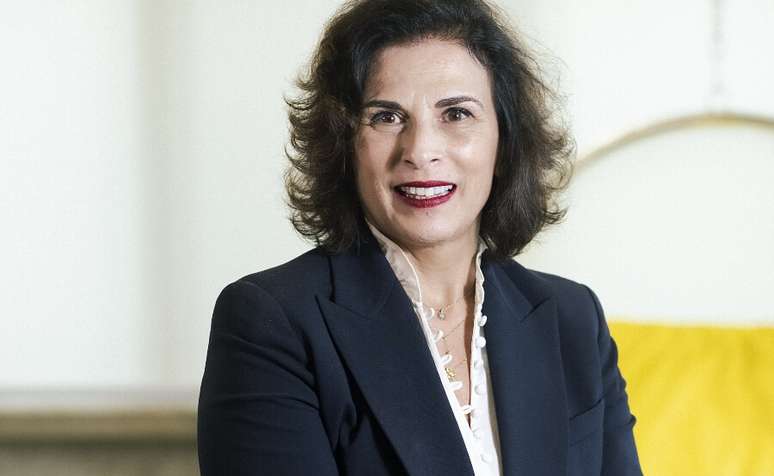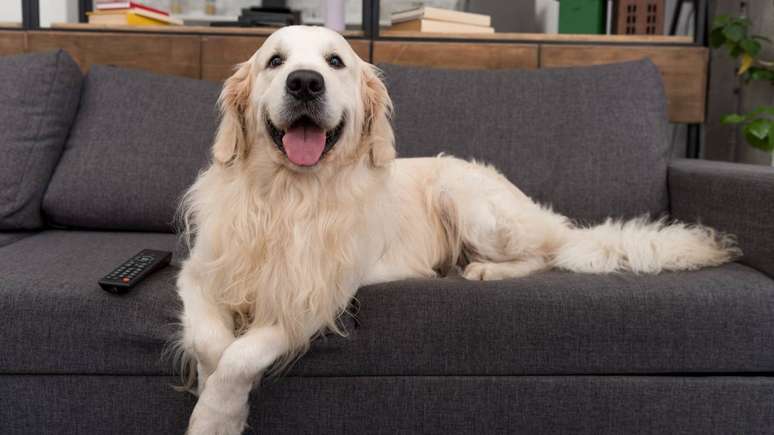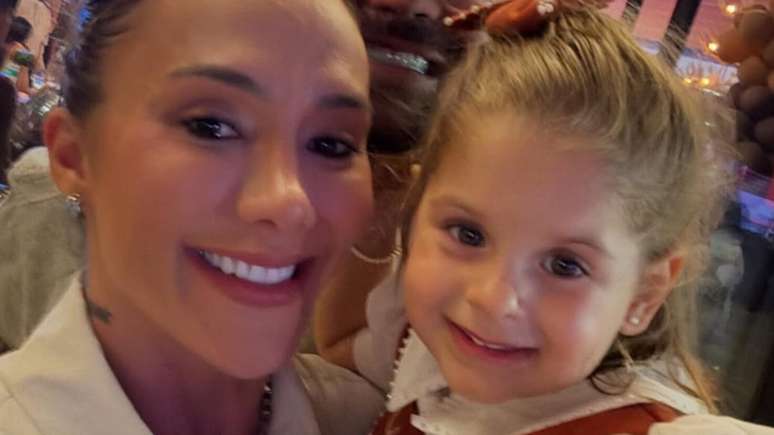Companies that want to be extraordinary must take into account the importance of differences and find a balance between them
The corporate world has undergone a significant change as several generations have entered the job market and people’s life expectancy has increased. As Generation Z joins Millennials, Generation X and Baby Boomers, companies are facing engagement challenges and opportunities arising from age diversity. This phenomenon is known as the “generation gap” and, if not managed properly, can lead to conflict, low productivity and even staff turnover.
Looking at the issue of age diversity, more and more companies have put increasing the participation of older people in the job market on the agenda. According to the U.S. Bureau of Labor Statistics, the labor market participation rate of professionals aged 65 and older increased from 12.1% in 1990 to 19.3% in 2020.
There are studies showing that a significant portion of workers over 55 say they suffer from ageism in the workplace. But it’s worth noting that research conducted by consulting firm McKinsey found that companies that have an age-diverse workforce have better financial performance than companies with little generational diversity.
Therefore, it is important to ensure the absorption of diversity in terms of ageism in the working environment to improve the results of companies and allow their growth to be supported by professionals who add diversity, experience, speed and many other different and complementary skills, essential to overcome today’s world. But ensuring diversity succeeds is no easy task.
The challenge of large companies
In a large company, especially one with decades of history, this challenge can be even greater. When we talk about diversity, it is important to understand that people are different in all aspects: cultural, ethnic, regional, generational, educational, familial and, above all, opinions. Knowing how to listen to different arguments, accept them without judgement, integrate them and build together is a challenge for generations who have been on the market for longer.
Like many other leaders of my generation, I was taught not to make mistakes. In this way one can imagine the difficulty in accepting to experiment or innovate, given the risk inherent in these movements. Listening to the opinions of the younger generations and vice versa has become a daily exercise. After all, this helps the company build trust and stay in tune with employees.
And here I highlight an important tip: no matter the ages and generations, if we don’t open our minds to what others have to say, the company will not innovate. Without innovation there is no sustainability and the business is doomed to failure.
The generation gap also brings major challenges in terms of employee engagement. For example, some millennials may feel like they aren’t taken seriously by older colleagues, while baby boomers feel threatened by technology and changes in the workplace. It is important that companies promote a culture of inclusion, where everyone feels valued and respected. The fact is that a team only innovates when there is a fertile environment to do so. Without support, this environment will not develop. And neither does the company.
Assuming vulnerabilities
Knowing how to lead teams of different age groups also means accepting one’s own vulnerabilities and motivations. Millennials, for example, value flexibility at work, such as flexible hours and remote working, participation in multidisciplinary projects, and need to be invested in the organization’s purpose.
Baby boomers, in turn, may prefer recognition of their specific knowledge and experiences; benefits that give you and your family security and take your opinion into account in important and risky situations.
Companies that want to be extraordinary must take into account the importance of differences and find a balance between them, in order to seek discordant harmonies and create a constructive environment that allows collaboration and the development of high-performance teams.
He is the CHRO of Adeste, an animal health, food and nutrition company, and an advisory consultant to the Mast Group.
Source: Terra
Ben Stock is a lifestyle journalist and author at Gossipify. He writes about topics such as health, wellness, travel, food and home decor. He provides practical advice and inspiration to improve well-being, keeps readers up to date with latest lifestyle news and trends, known for his engaging writing style, in-depth analysis and unique perspectives.









